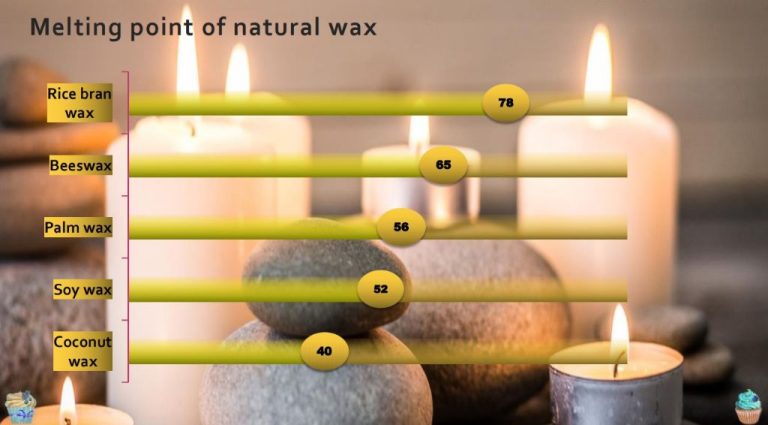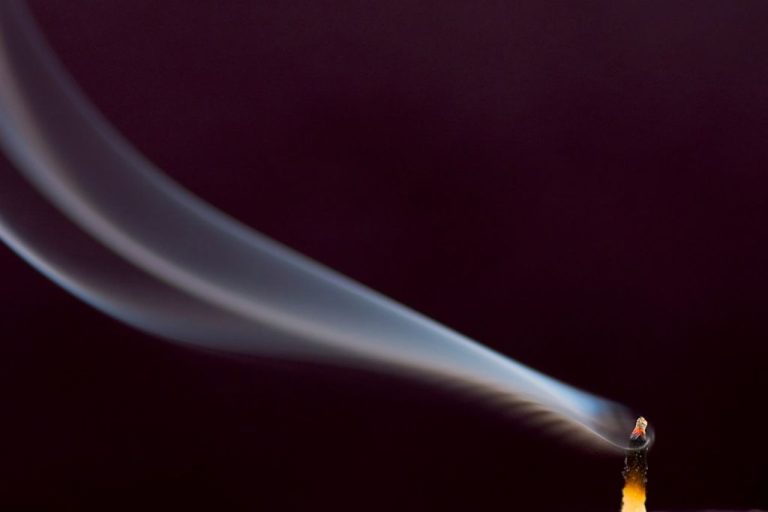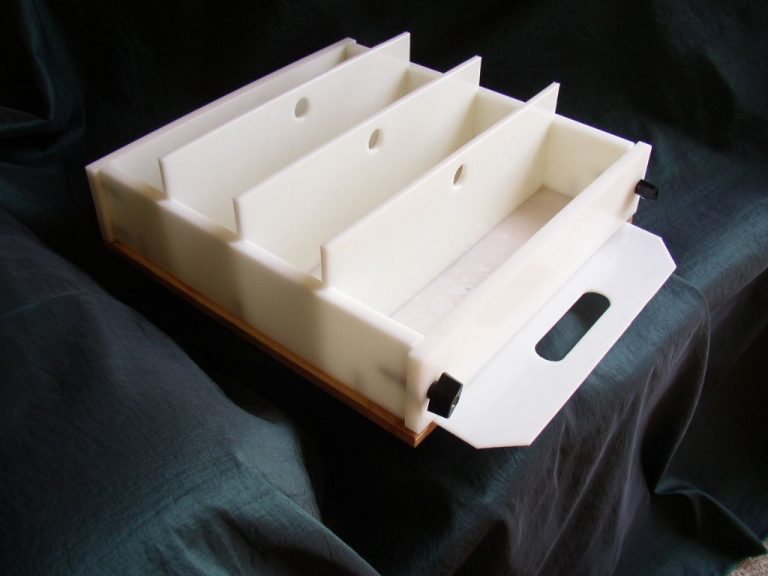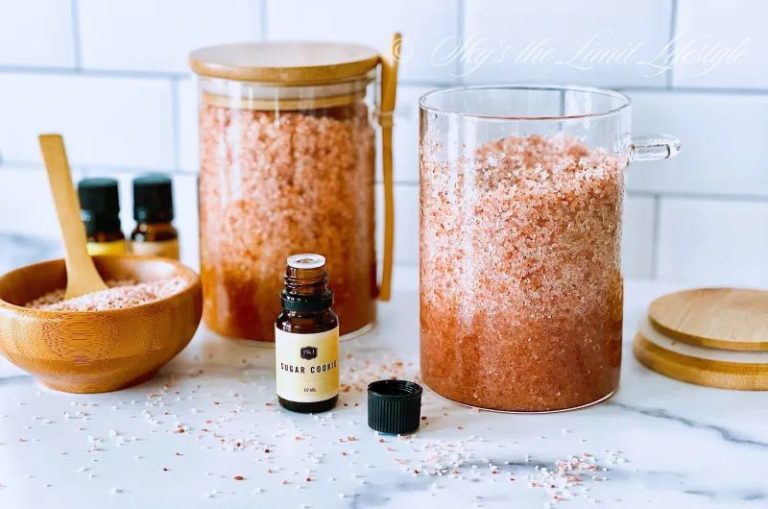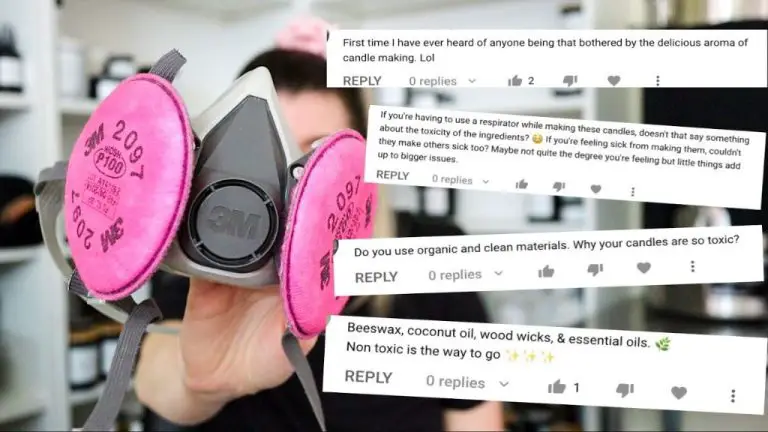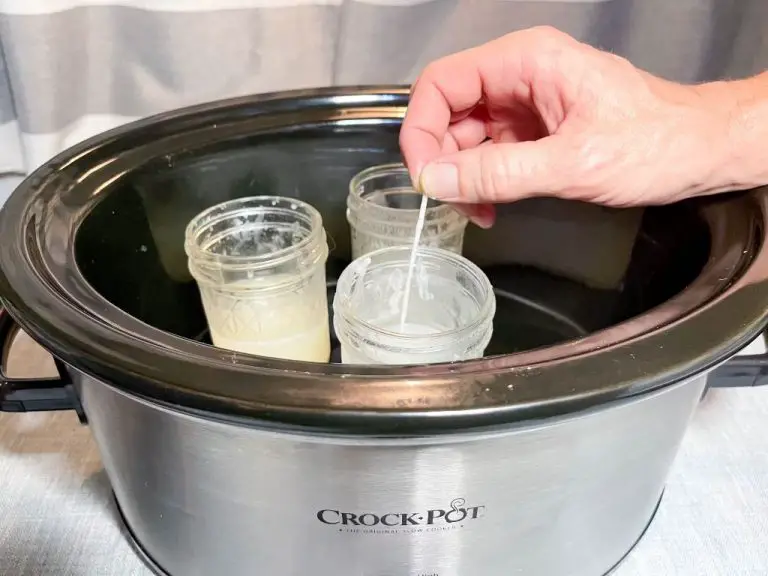Can I Make Coffee Essential Oil?
What is Coffee Essential Oil?
Coffee essential oil is extracted from coffee beans and contains the aromatic compounds that give coffee its distinct scent and flavor. It is made by steam distilling roasted coffee beans, which allows the oils to be extracted from the beans. The resulting oil has a rich, warm, roasted coffee aroma.
Some key benefits and uses of coffee essential oil include:
- Has an energizing and uplifting aroma that can help reduce stress and improve mood
- Can be added to skin care products like body scrubs for antioxidant benefits
- Used in aromatherapy diffusers or perfumes to provide a coffee fragrance
- Added to candle and soap making for a robust coffee scent
Compared to coffee extracts, coffee essential oil only contains the aromatic volatile compounds from coffee beans. Coffee extracts can contain caffeine and other non-volatile compounds like chlorogenic acids. The extraction process also differs – extracts are often made by soaking beans in solvents, while essential oils are gently steam distilled.
How to Make Coffee Essential Oil
Making coffee essential oil at home is a simple process that involves infusing coffee beans in a carrier oil like jojoba or coconut oil. Here is an overview of the process:
- Start with high quality, freshly roasted organic coffee beans. The beans will provide the aromatic compounds for the essential oil. Choose a coffee with notes you want for your oil like a dark roast or chocolatey beans.
- Grind beans to a coarse consistency. A coarse grind exposes more surface area of the beans for oil infusion.
- Place ground beans in a glass jar and cover with a carrier oil such as jojoba, coconut or olive oil. Make sure the beans are fully submerged.
- Allow the jar to sit in a cool, dark place for 2-6 weeks. Shake the jar daily to distribute the oils and compounds. The longer the beans infuse, the more potent the oil.
- Strain the oil through a cheesecloth to remove the beans. Squeeze the cheesecloth to extract all the oil.
- Store coffee oil in an airtight container in a cool place up to 3 months. Dark bottles help protect from light exposure.
The resulting aromatic coffee infused oil captures the essential compounds from the beans. Use the oil directly or add it to products like soaps, lotions and scrubs. See the recipes section for blend ideas.
Essential Oils Extraction Methods
There are several methods used to extract essential oils from plant materials. Some of the most common methods include:
Steam Distillation
Steam distillation is the most popular method for extracting essential oils. During steam distillation, steam passes through plant material, causing the plant’s oil pockets to rupture. The oils are then carried away with the steam and condensed back into a liquid. This method works well for leaves, flowers, bark, roots, and other plant materials.[1]
Solvent Extraction
Solvent extraction uses solvents like hexane or ethanol to extract essential oils. The plant material is placed in a container, and the solvent is run through it. The solvent pulls the oils from the plant material. The solvent is then removed from the essential oil through evaporation.[1]
CO2 Extraction
CO2 extraction uses carbon dioxide under high pressure to extract essential oils. CO2 is pumped into a chamber containing the plant material, pulling the oils away. The pressure is then reduced, causing the CO2 to evaporate and leave behind only the essential oil. This method is good for delicate plant materials.[1]
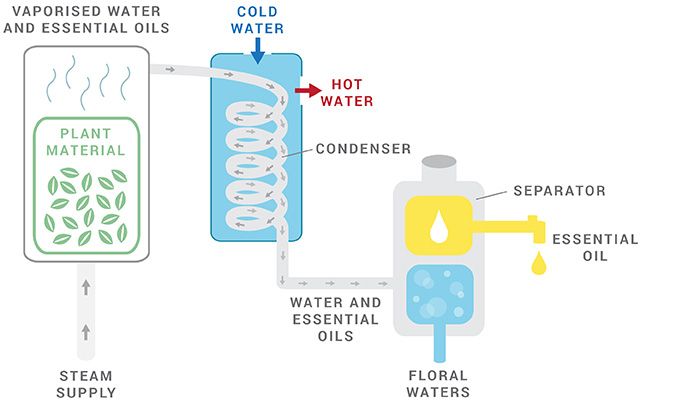
Coffee Beans for Essential Oil
The type of coffee beans used will impact the flavor and aroma of the final essential oil. Some considerations when selecting beans include:
Types of Beans
Arabica beans are considered higher quality and will produce a more fragrant, complex essential oil. Robusta beans have a stronger, more bitter taste and tend to produce lower quality oil.[1] Opt for 100% Arabica beans for the best quality essential oil.
Light, Medium or Dark Roast
Lighter roasts maintain more of the bean’s original flavor and aroma compounds. Darker roasts result in more of a burnt, smoky aroma. Medium roasts provide a balance. Light or medium roasts are best for capturing the coffee essence in the oil.[2]
Organic vs Non-Organic
Organic beans are grown without synthetic pesticides or fertilizers, resulting in a cleaner, purer finished product. Non-organic beans may retain chemical residues. Organic coffee beans are recommended for essential oil production to maximize quality and safety.[3]
Equipment Needed
Making coffee essential oil at home requires some basic equipment. Here are the key items needed:
Coffee maker: A standard drip coffee maker like a French press or pour-over is ideal to brew fresh coffee for distilling into an essential oil. Some people use an old coffee maker designated just for this purpose. The key is having equipment to brew concentrated coffee that can then be used in the distillation process. Refer to https://copper-pro.com/collections/essential-oil-distiller-set for coffee makers optimized for essential oil extraction.
Cheesecloth: Cheesecloth is used to strain the brewed coffee before distillation. Make sure to use pure cheesecloth that won’t leave residues. Opt for undyed, organic cheesecloth. The cheesecloth filters out any coffee grounds.
Glass jars: Glass jars with tight lids are needed to store the finished coffee essential oil. Look for dark amber glass jars which help protect the oil from light exposure. Make sure jars are thoroughly cleaned and sterilized first. Refer to proper storage tips to maintain freshness.
Storing Coffee Essential Oil
Proper storage is crucial for maintaining the potency and shelf life of coffee essential oil. Here are some tips for proper storage:
Choose opaque storage containers such as amber or blue colored glass bottles. Essential oils can degrade when exposed to light, so limiting light exposure helps preserve the oil. Tightly seal the bottles to prevent oxidation. According to the experts at Young Living, “Essential oils should be sealed tightly and stored upright in a cool, dark, dry location free from temperature fluctuation.”
Store the oil in a cool place away from heat and sunlight, as heat can cause the volatile compounds in essential oils to evaporate more quickly. A pantry, cupboard, or drawer works well. According to Millstone Organics, “Always store your essential oils in a cool, dark place such as a drawer or cupboard, or anywhere that isn’t frequently exposed to light and excessive heat.”
When stored properly, coffee essential oil has a typical shelf life of 1-2 years. Over time, the aroma and potency will diminish. Using older oil for cleaning or diffusion can help use it up before it expires entirely. But for therapeutic or cosmetic use, fresher oil is best.
Proper storage helps coffee essential oil retain its aromatic compounds and therapeutic benefits. Opaque bottles, cool dark places, and tight seals give you the best chance of prolonging shelf life and potency.
Uses for Coffee Essential Oil
Coffee essential oil has many beneficial uses, especially for skin care, aromatherapy, and household cleaning. Some of the top uses include:
Skin Care
Coffee essential oil can be added to skin care products like body scrubs, lotions, and creams. It contains antioxidant compounds that help protect skin from damage and premature aging. Applying products with coffee oil may also help reduce the appearance of cellulite and stretch marks. Its exfoliating properties make it great for inclusion in body scrubs. Overall, coffee oil leaves skin looking smooth and youthful [1].
Aromatherapy
Diffusing coffee essential oil provides an invigorating aroma that can boost energy and mood. The scent of coffee is uplifting and stimulating. Coffee oil can also suppress appetite when inhaled, which is useful for curbing cravings and overeating. Diffusing coffee oil first thing in the morning can help you feel alert and motivated.
Household Cleaning
Adding a few drops of coffee essential oil to all-purpose cleaners, dish soap, laundry detergent, etc. infuses your home with a lovely coffee aroma. The oil also acts as a natural deodorizer. Its robust scent overpowers and eliminates unpleasant odors. Coffee oil can be used on its own or paired with complementary scents like vanilla. Use coffee oil to give cleaning products a fresh, cozy scent.
[1] https://helloglow.co/coffee-essential-oil/
Coffee Essential Oil Recipes
Coffee essential oil can be used in a variety of recipes for body care, cleaning products, and more. Here are some sample coffee essential oil recipes to try:
Coffee Sugar Scrub
Mix together 1/2 cup brown sugar, 1/4 cup coconut oil, 10 drops coffee essential oil, and 2 tbsp ground coffee beans. Apply to damp skin in circular motions to exfoliate and stimulate circulation. Rinse well and pat dry. The coffee aroma is energizing and refreshing (Source).
Coffee House Reed Diffuser
Add 10 drops coffee essential oil, 5 drops vanilla essential oil, and 2 drops cinnamon essential oil to a 100mL glass bottle. Top up with 90mL fractionated coconut oil. Insert bamboo reeds and flip reeds periodically to absorb and disperse the aroma. This cozy blend will make any room smell like your favorite coffee shop (Source).
Coffee Flavored Lip Balm
Melt 1/2 ounce beeswax pastilles and 1.5 tsp coconut oil in a double boiler. Remove from heat and stir in 3-5 drops coffee essential oil and 1/2 tsp honey. Pour into lip balm tubes or tins and allow to cool completely before using. The caffeinated kiss of this balm will perk up your lips!
Safety Precautions
When using coffee essential oil, it’s important to follow proper dilution and safety guidelines.
Coffee oil should always be diluted before use on the skin. A general dilution guideline is to add 3-5 drops of coffee oil per ounce of carrier oil like coconut, jojoba, or sweet almond oil.Perform a patch test on a small area of skin before wider application to check for any irritation or allergic reaction. Discontinue use if any irritation occurs.
Avoid getting coffee oil near the eyes, inner nose, and sensitive areas. Wash hands thoroughly after handling essential oils.
Pregnant women, nursing mothers, children under 5 years old, and people with medical conditions like epilepsy should consult their doctor before using coffee essential oil.
Do not ingest coffee oil unless under the guidance of a trained professional. The oil can contain caffeine which may cause adverse effects if consumed.
Store coffee oil properly, away from sunlight and heat to preserve its therapeutic properties. Use within 1 year of opening for maximum potency.
Always follow the recommended guidelines when diluting and using coffee essential oil to ensure safe and effective use.
Frequently Asked Questions
Here are some common questions about making and using coffee essential oil:
Is it safe to ingest coffee essential oil?
No, coffee essential oil should never be ingested. Like other essential oils, it is highly concentrated and can be toxic if swallowed. Stick to topical use only. (source: https://luxiny.com/products/coffee-essential-oil)
How do I use coffee essential oil for skin?
You can add a few drops of coffee essential oil to your moisturizer or serum to help improve the appearance of cellulite and give your skin an energizing boost. Be sure to dilute it first with a carrier oil to avoid irritation. (source: https://www.planttherapy.com/products/coffee-essential-oil)
What’s the shelf life of homemade coffee essential oil?
Properly stored in an airtight container away from light and heat, coffee essential oil can last 6-12 months. Oxygenation and light exposure will reduce its shelf life. Refrigeration can help extend it further. (source: https://luxiny.com/products/coffee-essential-oil)
How do I use coffee oil in diffuser blends?
Try mixing 2-3 drops of coffee essential oil per 30ml of diffuser water. It combines well with citrus and mint oils for an energizing aroma. Too much can be overpowering in a diffuser. (source: https://www.planttherapy.com/products/coffee-essential-oil)

